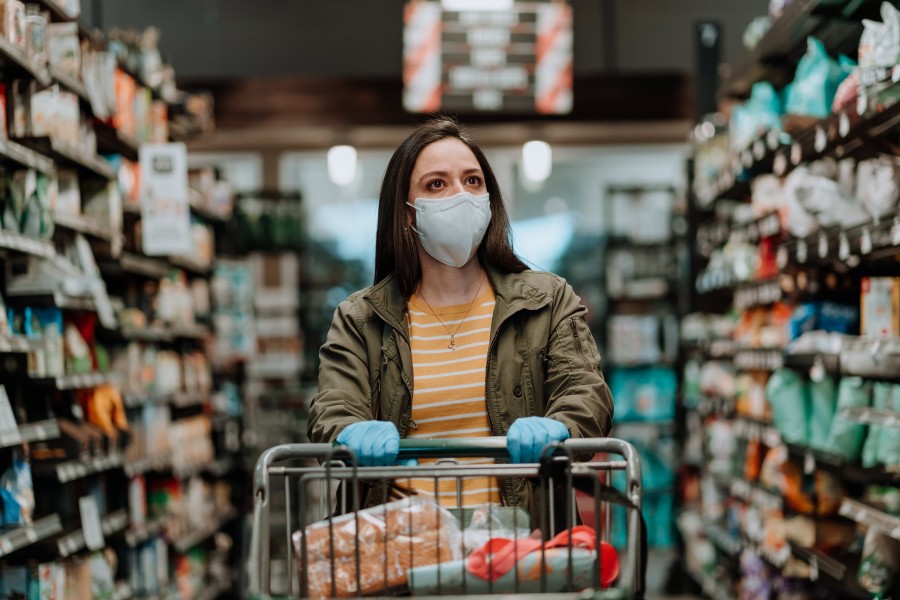Food waste is a massive global issue that is easy to spot in our daily lives. From discovering a half-eaten head of leaky lettuce in the crisper drawer to skipping a third night of leftovers in favor of takeout, we see the evidence of food waste all around us. The larger food industry does too, and has been working to address this issue that claims one-third of the food produced worldwide each year even as more than 800 million people in the world lack access to the food they need. Food waste doesn’t merely take food from those who might need it: It often rots in landfills, producing methane – a potent greenhouse gas that threatens the environment.
To combat the growing issue of food waste, a group of the world’s largest food retailers and providers recently announced that nearly 200 major supplies have committed to cutting their food loss and waste by 50% in the next decade. Part of the 10x20x30 initiative, this step will make a significant dent in a serious issue – but food waste is a battle that must be fought on multiple fronts.
While we can – and should – reduce food waste in our own lives, a major component of loss happens far outside the typical consumer view. In fact, a 2019 report found supply chains may be responsible for 40% of food waste in North America. This scale of food loss across the cold chain – the network that moves food from farm to fork – represents a significant opportunity to increase visibility and vigilance to enact impactful change.
Introducing technologies and innovative solutions to manage food quality and reduce food loss and waste is key to combat waste across the global supply chain. One of the most important parts of keeping our food safe and maintaining quality is ensuring that it stays at the correct temperature. A malfunctioning refrigeration system in a transport truck or grocery store freezer, for instance, can speed up the deterioration of food, creating more waste. This type of equipment failure is a common cause of supply chain food loss. But real-time monitoring devices and tracking infrastructures are enabling visibility into conditions like temperature and humidity, providing a comprehensive snapshot and record of food across its life cycle, so stakeholders can detect and act on these issues.
Having this full view of data helps support food quality and safety programs, but it also generates vital information and analytics to help retailers make sales decisions. Take strawberries, for example. If a grocery store learns that a shipment of strawberries –
– briefly rises above optimum temperatures, it can put those strawberries on sale so they are purchased and eaten quicker and don’t have an opportunity to over-ripen. Having this level of data gives retailers the information they need to take action, helping reduce food waste and ensure the quality and safety of food.With the COVID-19 pandemic, we are experiencing increased awareness of the issue of food waste – and a collaborative push toward addressing the problem. I am encouraged by seeing so many companies and organizations partnering to identify a better way and innovating new solutions. Together, we can achieve substantive change on this global issue.
John Rhodes
Group President, Digital & Connected Technologies, Emerson Commercial and Residential Solutions

